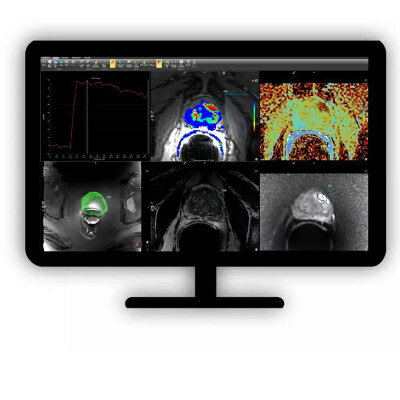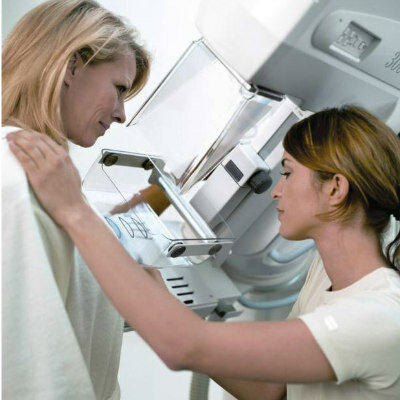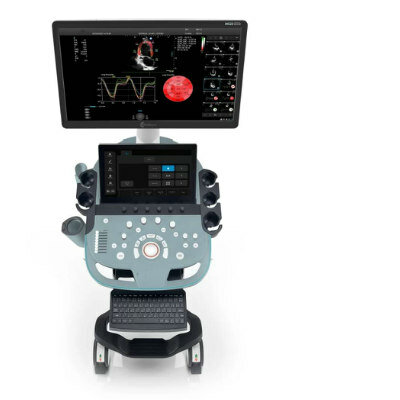More Frequent Bone Density Testing Recommended for Women at Risk of Osteoporosis
By MedImaging International staff writers
Posted on 20 Mar 2012
Recently published research deems lengthy intervals between bone density tests inappropriate for many adults.Posted on 20 Mar 2012
Although a recent study suggested that women with normal bone density findings on dual-energy d-ray absorptiometry (DXA) scans at ages 67 and older may wait up to 15 years for a second test, four osteoporosis specialists in their research published on March 1, 2012, in the Journal of Bone and Mineral Research (JBMR) caution that such a lengthy interval is inappropriate for many adults. In their article, osteoporosis experts Drs. E. Michael Lewiecki, Andrew Laster, Paul Miller, and John Bilezikian, from the New Mexico Clinical Research & Osteoporosis Center, University of New Mexico School of Medicine (Albuquerque, NM,USA) and Arthritis & Osteoporosis Consultants of the Carolinas (Charlotte, NC, USA), wrote that monitoring bone mineral density by DXA should be performed at intervals much shorter than 15 years for many individuals. These include younger postmenopausal women at high risk for fracture, patients whose DXA scans indicate bone mineral density values considerably below normal, those with an earlier fracture or clinical risk factors for fracture, and patients already receiving osteoporosis drug therapy.
The article commented on recent research published in the New England Journal of Medicine (NEJM). “Policy makers and patients who are concerned that overuse of medical tests may be driving up healthcare costs may be tempted to conclude that DXA scanning should be done less frequently,” said Dr. Lewiecki. “In fact, just the opposite is true. Appropriate DXA screening reduces healthcare costs.”
Many women, even those at risk for osteoporosis, never receive an initial DXA screening, the authors of the JBMR article noted, with the result that osteoporosis frequently goes undiagnosed and untreated leading to debilitating fractures that are dangerous to patients and expensive to treat. Over 200 million people worldwide suffer from osteoporosis, including 10 million Americans, with two million related fractures occurring yearly and treatment costs exceeding USD 18 billion.
Where the investigators agree that a recommendation for extended intervals between bone mineral density tests is reasonable for women who fit the rather restricted profile in the NEJM study, physicians should not apply these recommendations to all postmenopausal women. Bone mineral density testing by DXA is the international standard for assessing skeletal health, the authors note, citing research from both the Geisinger Health System Osteoporosis Disease Management Program (Danville, PA, USA) and Kaiser Permanente of Southern California (Anaheim, USA), which found that increases in testing reduced fracture rates and associated healthcare costs.
“The JBMR has a responsibility to address important scientific and clinical issues regarding bone disease,” concluded Dr. Thomas L. Clemens editor-in-chief of the JBMR. “As Dr. Lewiecki and colleagues point out, there are important limitations and exceptions to a recommendation of very long intervals between DXA testing.”
Related Links:
University of New Mexico School of Medicine














